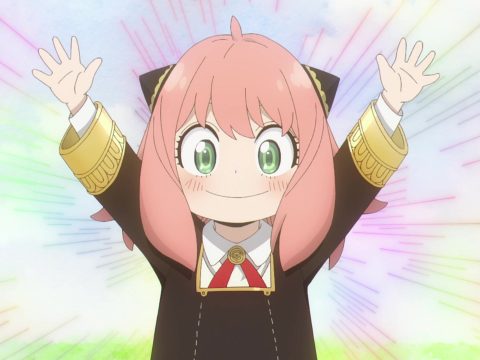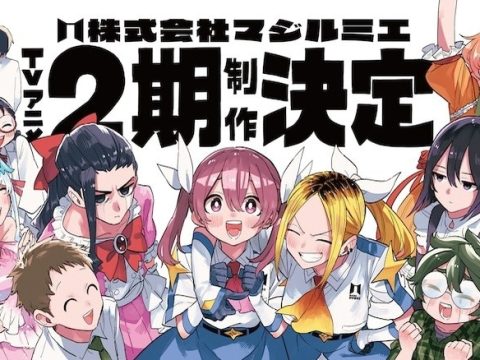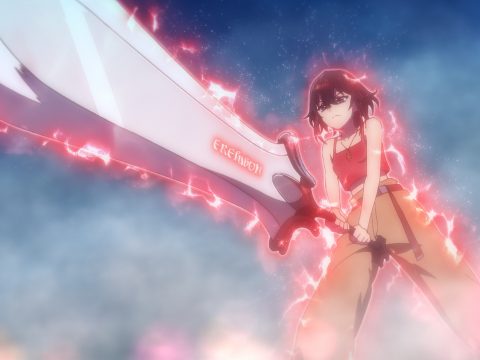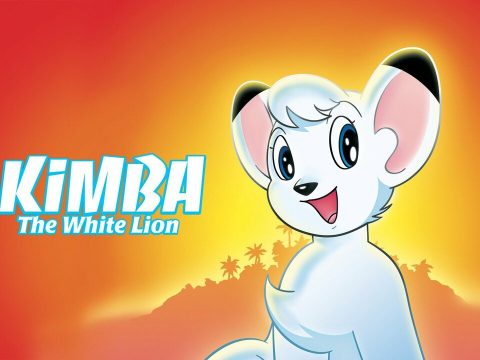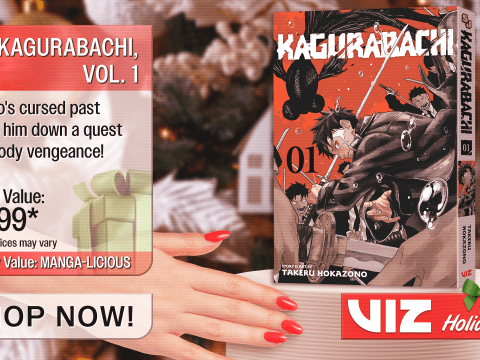
It’s rare a show experiences a renaissance quite like Jojo’s Bizarre Adventure.
The long-running manga and anime franchise has become a fan favorite on both sides of the Pacific in recent years, thanks in large part to the TV anime series from David Production, currently on hiatus until next year.
First serialized in Weekly Shonen Jump in 1987, Hirohiko Araki’s manga franchise has seen numerous anime, light novel and video game adaptions over the years, but 2014 seems to be the off-beat show’s most triumphant year yet. With conventions crowded by cosplayers inspired by Araki’s unique designs, demand has prompted Viz to bring over parts of the manga previously unseen in English and fans eagerly await the TV show’s next season, it’s hard not to notice the impact the franchise is having on fandom.

The series’ resurgent popularity is a good excuse to take a look at fandom in 1987 and 2014. Could otaku differences and changes over the last twenty years explain Jojo’s newfound popularity? Read on!
Weekly Shonen Jump, 1987 vs. 2014
When Jojo’s Bizarre Adventure made its Weekly Shonen Jump debut in early 1987, it came at time of great change for the magazine. Shonen Jump titles can be notoriously long, and long-running popular series like Captain Tsubasa, Fist of the North Star and Kinnikuman would all come to a conclusion over the next few years.
Alongside Akira Toriyama’s Dragonball, which had debuted in late 1984, and Masami Kurumada’s Saint Seiya, debuting in 1986, Jojo’s Bizarre Adventure would help define much of the weekly manga magazine’s style during the late 1980s and early 1990s. While both Dragonball and Saint Seiya would eclipse Jojo’s Bizarre Adventure in its freshman year, it would eventually outlast them both, running in Weekly Shonen Jump until 2004.
In 2005, Jojo’s Bizarre Adventure hopped over to Ultra Jump, another publication within the Jump family, where it’s still being serialized.
Much as Jojo’s Bizarre Adventure debuted during a time of change for the manga weekly, the late 1990s saw the emergence of new titles that would dominate much of the 2000s. The most visible Weekly Shonen Jump title of the past decade is easily Eiichiro Oda’s One Piece, which has been running since 1997 and set numerous manga sales records. Other big titles included Masahi Kishimoto’s Naruto, which began in 1999, and Tite Kubo’s Bleach, which began in 2001.

Titles like One Piece and Naruto may be the (relatively) new hotness, but plenty of those old Shonen Jump titles are still alive and kicking in 2014. Kinnikuman lives on as a webcomic while Captain Tsubasa recently finished up a three-volume run in Grand Jump earlier this year. Toriyama’s Dragonball lives on in animated form, with a recent feature film bringing the franchise back to the big screen.
Otaku Shopping Lists, 1987 vs. 2014
In 1987, original video animation (OVA, or OAV if you prefer) was a hot commodity. First coming on the market in 1983, OVAs followed hot on the heels of the consumer electronics boom that Japan was undergoing in the 1980s.
Home video players for new video formats like VHS, Betamax and Laserdisc were being manufactured by Japanese electronic companies, but they needed exclusive new media to help drive sales. At the same time, Japanese animation fans were maturing past TV fare and there was a growing interest for titles that contained material (read: sex and violence) that couldn’t be shown on TV.
The result of these two convergent interests was the OVA, anime episodes commissioned exclusively for the home market that often sold for upwards of 10,000 yen. That works out to roughly $100 today with exchange rates that are very different than they were back then, but needless to say, they were very expensive video tapes.

While a lot of these OVAs were original titles, many used popular manga as source material, targeting existing fans of a series. The first Jojo’s Bizarre Adventure OVAs wouldn’t show up until 1993, but an earlier Araki manga, Baoh, would be adapted as an OVA in 1989. If you’re itching for more Jojo’s before the show starts up again next year, you could do much worse than digging up the Baoh OVA. Even if you’re not the type to enjoy older titles, Baoh holds up extremely well.

Today, OVAs aren’t nearly as common as they used to be. The popularity of satellite stations in the late ‘90s opened the door for short TV series, and titles that might have been made as an OVA five or ten years earlier, were now showing up on TV. Cowboy Bebop was an excellent example of this trend. Japanese otaku are still paying exorbitant prices for anime on home video today, but more often than not these anime titles first aired on TV. With fans willing to pay out big money to own their favorite shows, anime producers have realized that TV airing can often act as advertising for the eventual home video release.
Producers have also figured out that by censoring out nudity or blood, but promising uncensored scenes on the DVD or Blu-ray release, they can drum up even more sales. In the end, these anime releases are still focused on home video releases, they’re just marketed in different ways than they were twenty years ago.
US Fandom, 1987 vs 2014
While Jojo’s Bizarre Adventure has really taken off among Western fans over the past few years, it wasn’t even on the radar of US fans back in 1987. A big part of this was availability, as much of the fandom was focused on anime, not manga.
While there was sporadic releases of manga in English, it wasn’t until 1988 that things really started to take off. That year saw Marvel’s Epic Comics imprint publish Katsuhiro Otomo’s groundbreaking Akira and Eclipse Comics partner with Viz to bring over Area 88, Legend of Kamui and Mai the Psychic Girl. These early English-language manga releases were targeted at existing comic book and anime fans, which tended to skew towards an older demographic.

Today, US fans are swimming in translated manga. In addition to a regular slew of new releases from companies like Viz, Dark Horse and Vertical, online services like Crunchyroll Manga help fill in the gaps. Weekly Shonen Jump (https://shonenjump.viz.com/) is available in English, with minimal lag behind its Japanese counterpart. For Jojo’s Bizarre Adventure fans in particular, Viz recently re-released their earlier release of Part 3 and will be releasing Part 1 and Part 2 in 2015.
As It Stands
While it’s easy to assume otaku of 2014 are wildly different than the fans of twenty seven years ago, maybe that’s not actually the case. If anything, the enduring popularity of franchises like Jojo’s Bizarre Adventure reminds us that tastes may not change much as much as we think. It’s also a reminder that at least in the West, a series’ popularity tends to be driven more by TV animation than it is by manga, the inverse of how things happen in Japan.
Related Stories:
– Attack on Titan and JoJo merch hits 7-Eleven
– JoJo’s Bizarre Adventure Anime Crusades On!
– Anime! Anime! Interviews Daisuke Ono, JoJo’s Jotaro Kujo
– Check Out These Converse Jojo’s Bizarre Adventure Sneakers
– Jojo’s Bizarre Merch Table



